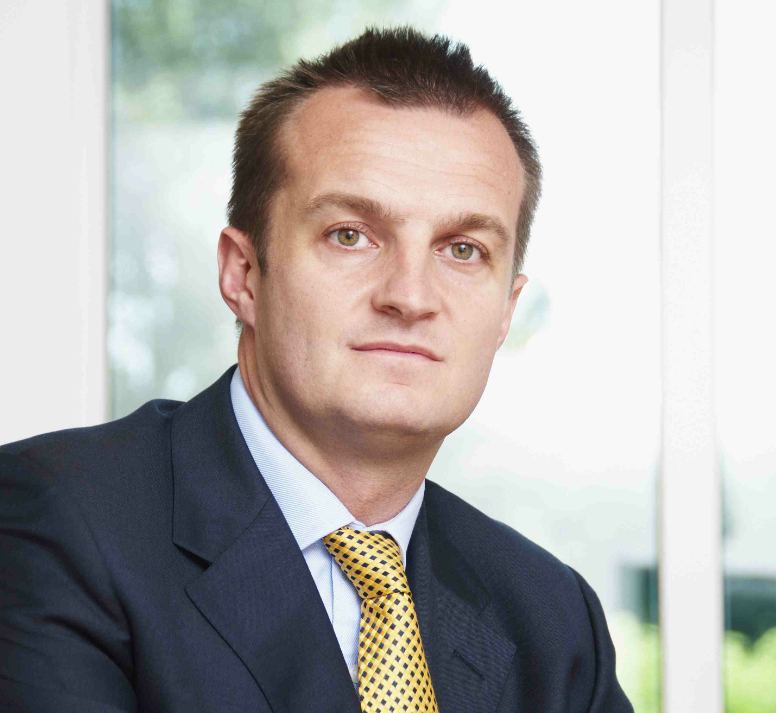How Will Latin America Weather a “Sudden Stop” in Investment?
| By Fórmate a Fondo | 0 Comentarios

Since May, over one-quarter of the past five months’ foreign portfolio investment into emerging markets has been withdrawn, according to the latest available data from Emerging Portfolio Fund Research. For the Latin American economies, this is likely to result in slower growth, but the impact may be milder this time around.
The type of “sudden stop” that we’ve seen in investment flows this year is typically associated with currency depreciations, wider current account deficits and slower GDP growth. Generally speaking, those symptoms are now present across Latin America. The recent selloff followed the announcement that the US Federal Reserve was considering tapering asset purchases later this year. But the deceleration in growth and the increase in external deficits in the region had begun before that, mainly because of weak external demand for the region’s exports and softer commodity prices amid still subpar global growth—and particularly concerns about demand from China.
Previous episodes of capital flow reversals, for instance in 1994, generated significant dislocations across Latin America; they gave rise to sharp contractions in domestic economic activity and prompted emergency adjustment policy packages and multilateral and bilateral loans to help some countries remain current in their external obligations. This happened because countries in the region were overindebted in foreign currency, which after a significant correction in exchange rates required a tightening of fiscal policy to service the debt. That is, the external shock was amplified at the local level.
We believe that although the sudden stop is still likely to result in slower growth in the region, the impact of the flow reversal on Latin American economies should be milder this time around. This is because macroeconomic conditions in the region are now sounder. We see five important differences relative to the situation in the 1990s.
First, current account deficits are generally smaller. Second, fiscal performance is stronger, with some countries even generating an overall surplus. Third, the stock of international reserves is higher, both in absolute terms and as a proportion of GDP, imports or debt payments. The two last and more important differences are that exchange rates are now flexible (see chart), and that the public sector is a net creditor of the rest of the world in hard currency in most countries.
This means that movements in exchange rates will act as partial buffers of the external shock, thus preventing a more severe domestic contraction in those countries with currency flexibility. In our view, this also means that the dynamics of the adjustment will be different, as the depreciation will not give rise to undesirable pro-cyclical fiscal policies. Therefore, we think that although the outflows will prompt diminished macroeconomic performance, most countries in the region are on a sufficiently solid footing to withstand the external shock.
The backup in bond yields is likely to result in increased credit quality differentiation. Thus, there is a good chance that countries with better fundamentals will outperform in the coming quarters. We favor those countries with smaller current account deficits and fiscal imbalances; low external debt amortization schedules; and low foreign holdings of domestic securities. We continue to believe that Mexico is a candidate to perform well in the coming months, while we maintain our view that Venezuela presents significant vulnerabilities.
Fernando J. Losada is Senior Economist—Latin America, at AllianceBernstein










